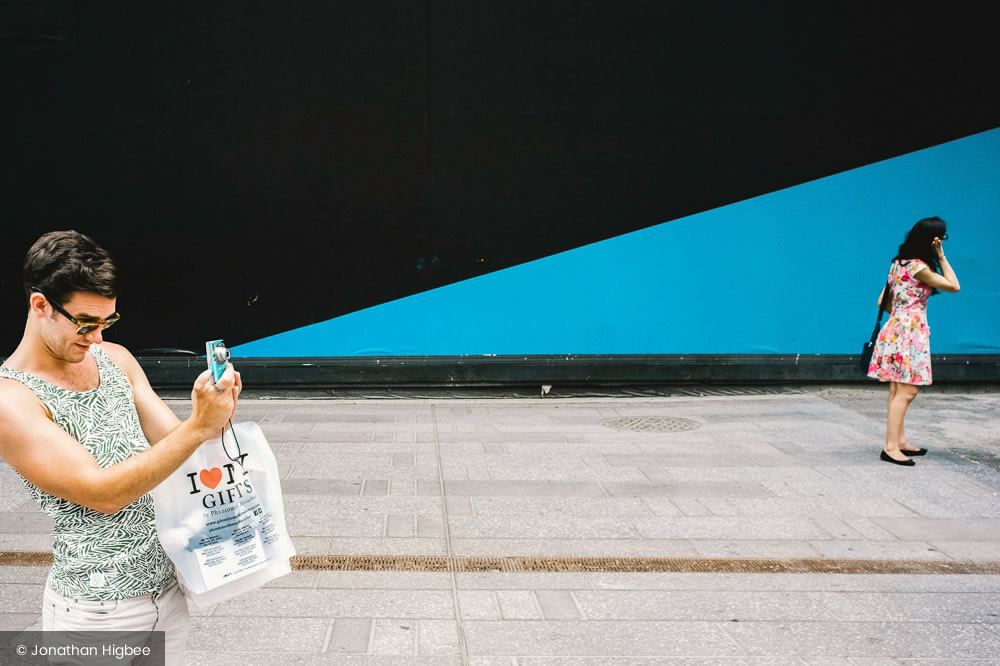Jonathan Higbee is a Street Photographer from New York City. In his words “Modern street photography is so exciting right now because it’s really forged its own path compared to its beginnings, and especially to its cousins, documentary, and reportage. This has fostered such a potent genre filled with artist license, conceptualism, experimentation and rule-breaking that still manages to produce photographs that reveal truths about everyday human culture and coexistence.”
Thanks Jonathan, for accepting our invite. Please read on…
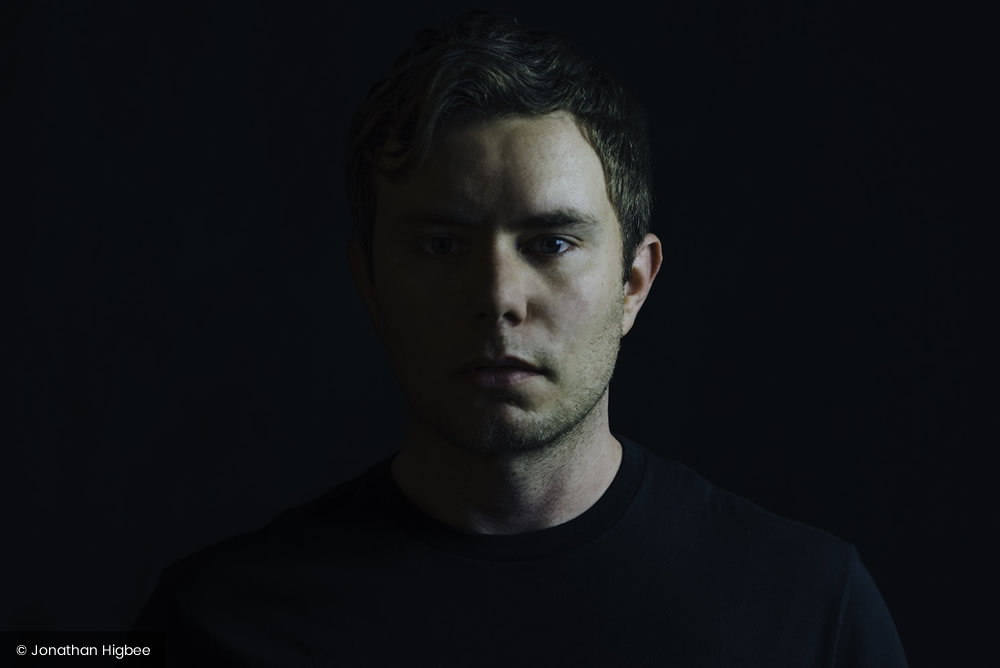
Could you please Introduce yourself to our readers?
My name is Jonathan Higbee. I’m 36, married with a dog (and a human baby on the way!), and live in New York City. I’ve been here for about a decade and moved all around the United States several times before I landed in New York, my favorite place on Earth. I’ve lived in Los Angeles, Seattle, Chicago, Detroit, and Missouri, where I was born. Living quite the nomadic lifestyle since childhood has taught me to enjoy being curious and exploring new places and people. I’ve finally settled and don’t plan on leaving New York, but the nomadic spirit of curiosity and exploration is still ablaze within me every day when I hit the streets with my camera.
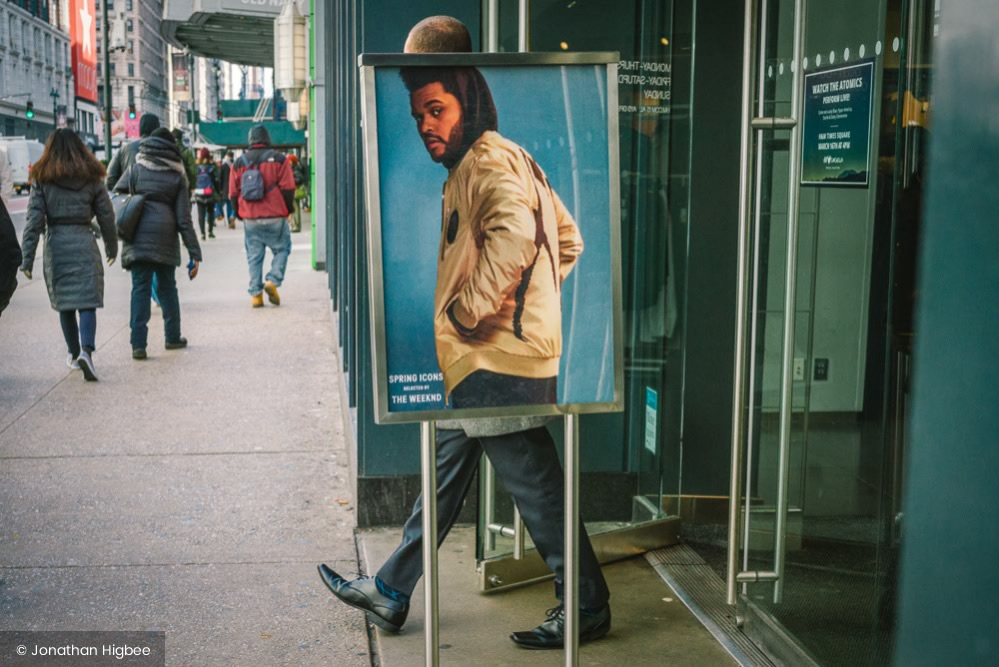
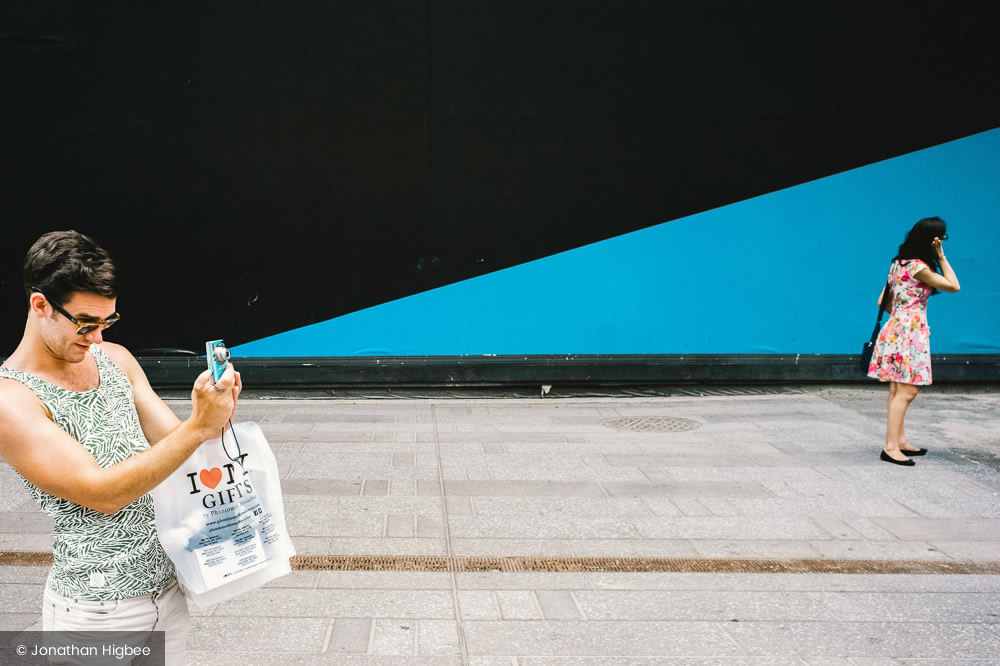
Could you please share your childhood memories towards arts?
Growing up in a small town in the middle of Missouri (Bible Belt central) didn’t provide the easiest access to the arts, unfortunately. Thankfully, my grandmother (who helped raise me) did her best to educate me on high culture herself. She blasted classical music every day, which I eventually grew to love and respect, and told me about all the museums she’d visited while abroad in Europe. She really inspired me to want to pursue a creative life myself. I started by taking acting classes at a very young age (8) and was pretty good, actually, then learned guitar around 11 and joined a band at 12, all of it being chronicled casually with my beloved Polaroid camera. Right before I became a teenager I was introduced to the work of Herb Ritts, and it completely altered the way I saw the world forever more. Suddenly I tried a little bit harder to make my snapshot Polaroids a little more visually interesting!
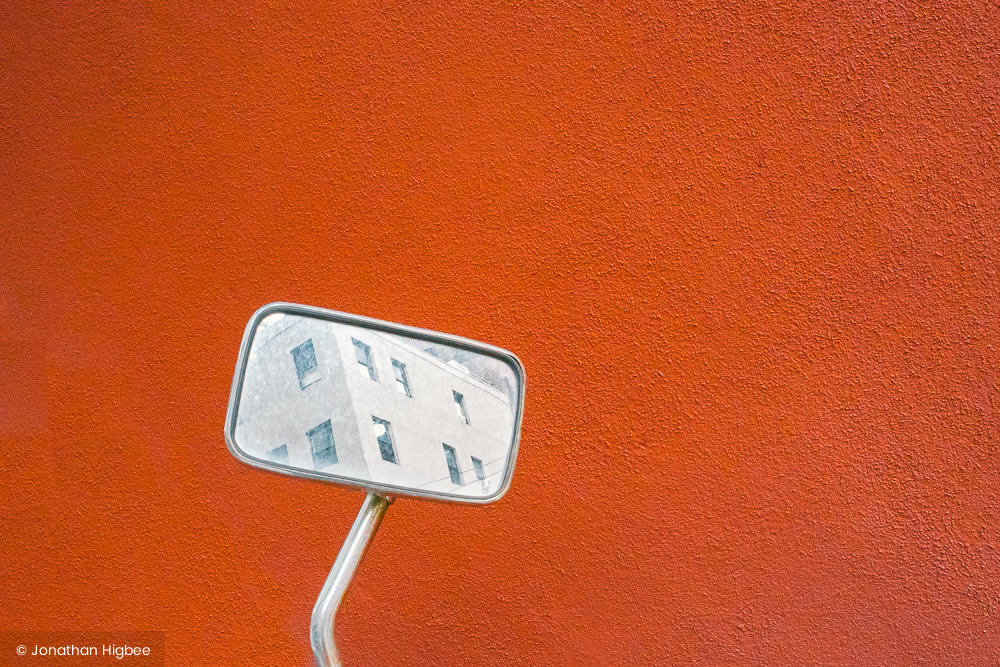
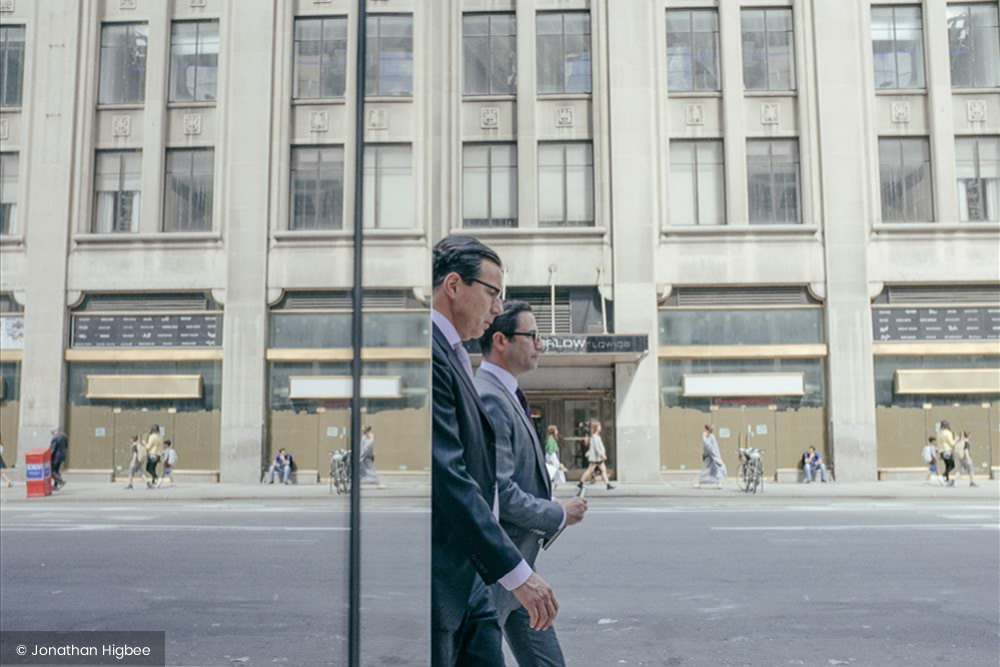
What makes Street photography so fascinating for you?
Modern street photography is so exciting right now because it’s really forged its own path compared to its beginnings, and especially to its cousins, documentary, and reportage. This has fostered such a potent genre filled with artist license, conceptualism, experimentation and rule-breaking that still manages to produce photographs that reveal truths about everyday human culture and coexistence.
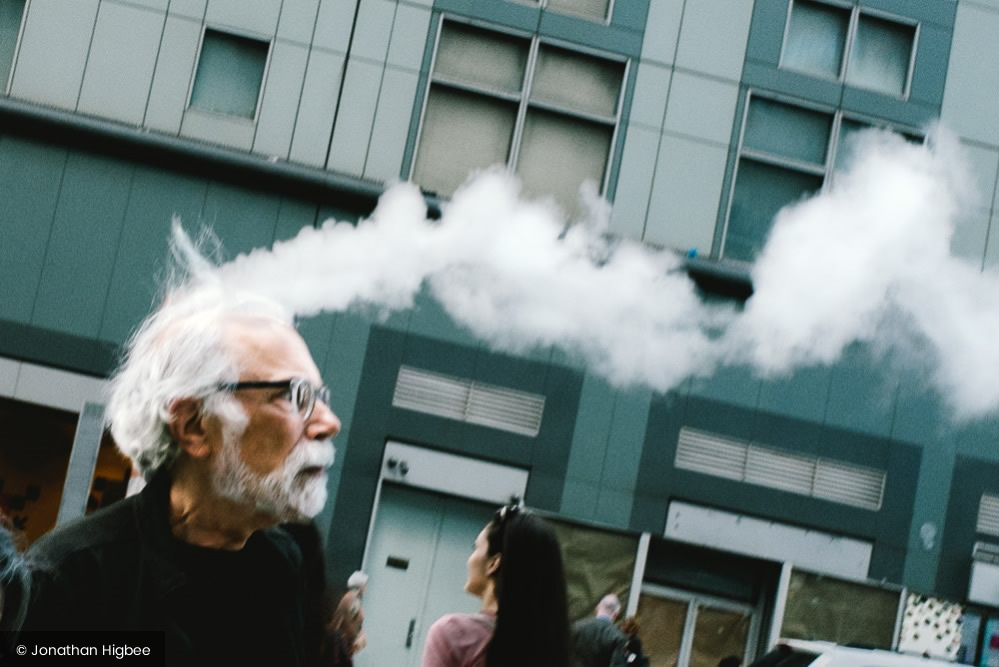
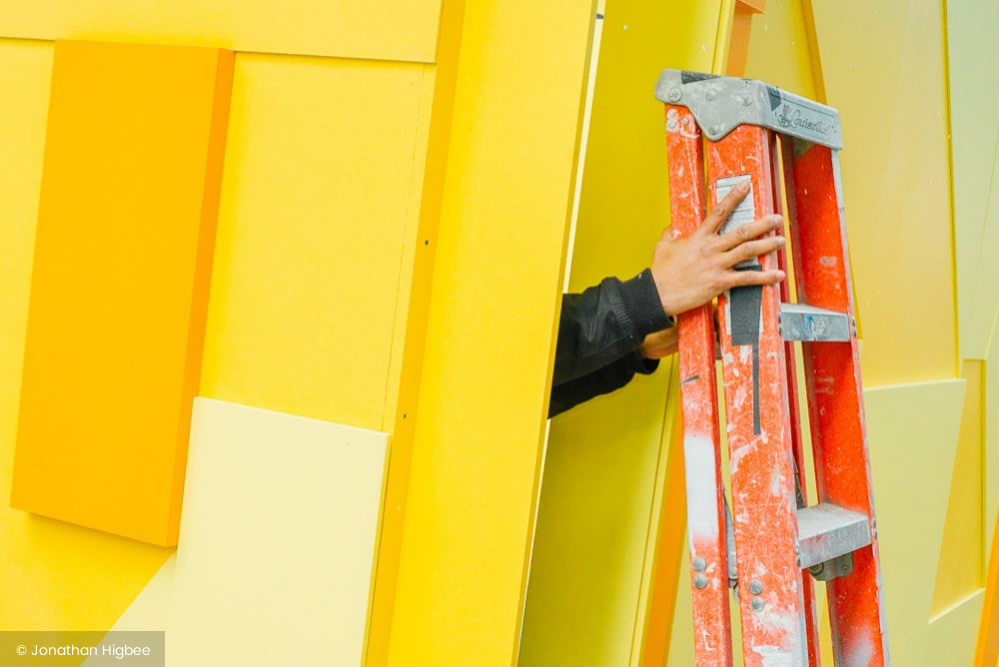
How did you train yourself to observe such beauty in the daily mundane stuff?
Every day is a huge challenge to get out of my head and into the moment, which is the best place to be to really observe life. I think meditation helps, mindfulness helps, and really letting oneself dissolve into the world around them can open up their eyes and mind to the possibility of the moment. It’s a constant work in progress for me, especially because I deal with a general anxiety disorder. There are many days that I’m out shooting and I can’t turn my brain off, can’t stop worry about personal drama or something in the future or even fear of not getting any good work. Days like this don’t really help me make any work that I’m proud of, unfortunately. But when it all clicks — when I’ve calmed myself, found my breath, and can be as present as possible — then I’m able to really observe and anticipate the beauty and randomness of life in the city.
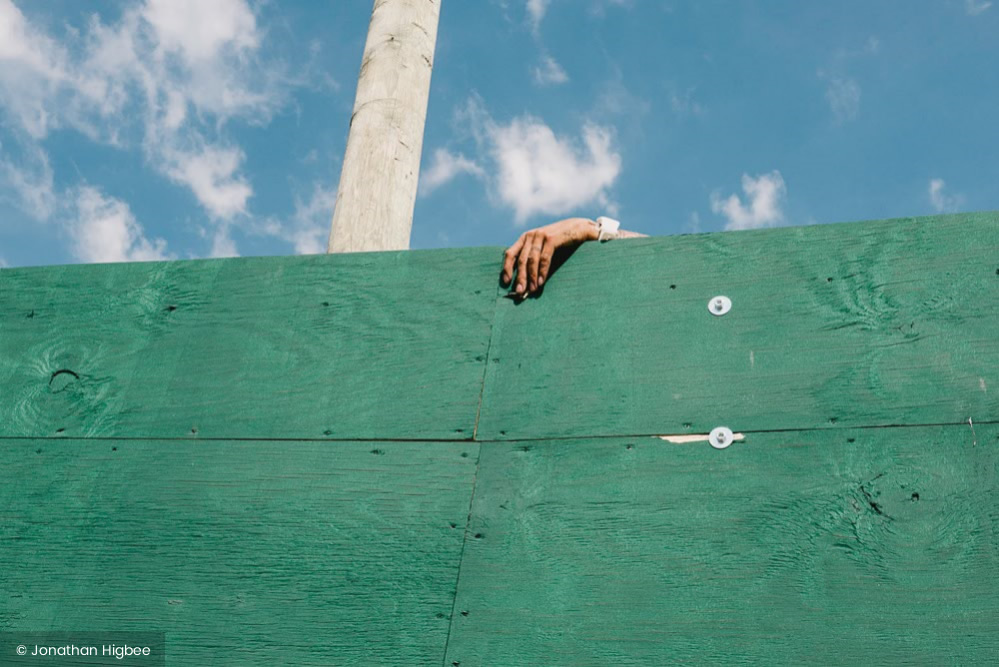
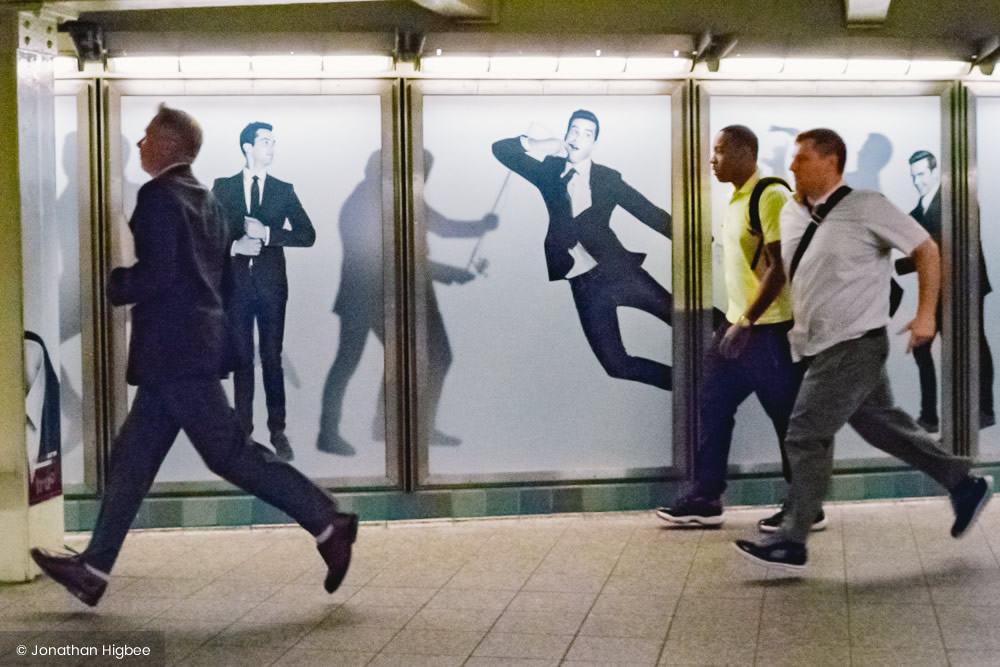
Your idea between classic and contemporary street photography?
In the early days, it was all still so nascent — including street as an individual genre and photography as an art form — that the distinctions between various strains of candid life photography were still being shaped. Some of the more surrealist works by classic legends like Henri Cartier-Bresson, Elliot Erwitt, and the New York School of Photography (especially Saul Leiter) hinted that a unique genre different from any other was lurking beneath the surface, though it would take decades to develop and coalesce around a new label, “street photography.” During that adolescent period, the blossoming art form continued to find itself associated with news styles like photojournalism, but heavyweights Joel Meyerowitz and William Eggleston continued to push street further onto its own surrealist path. Modern street photography is now fully on this distinctive road the legends paved and pioneered. The contemporary street is no longer weighed down by the expectation of providing news and information. Serving as a time capsule is no longer its primary intent. Modern street photography rejects expectations and rules to take an abstract, impressionistic approach to the investigation of humanist values. Modern street photography shuns doctrine and dogma that some folks still cling to and police, and it questions the very nature of truth and reality itself. Street photography used to be predominantly focused on telling the story of the world around us, but now increasingly turns inward to expose the soul of the artist. It’s a fascinating time to be a street photographer, a fan of street photography, or simply a stranger unknowingly passing in front of a street photographer’s lens.

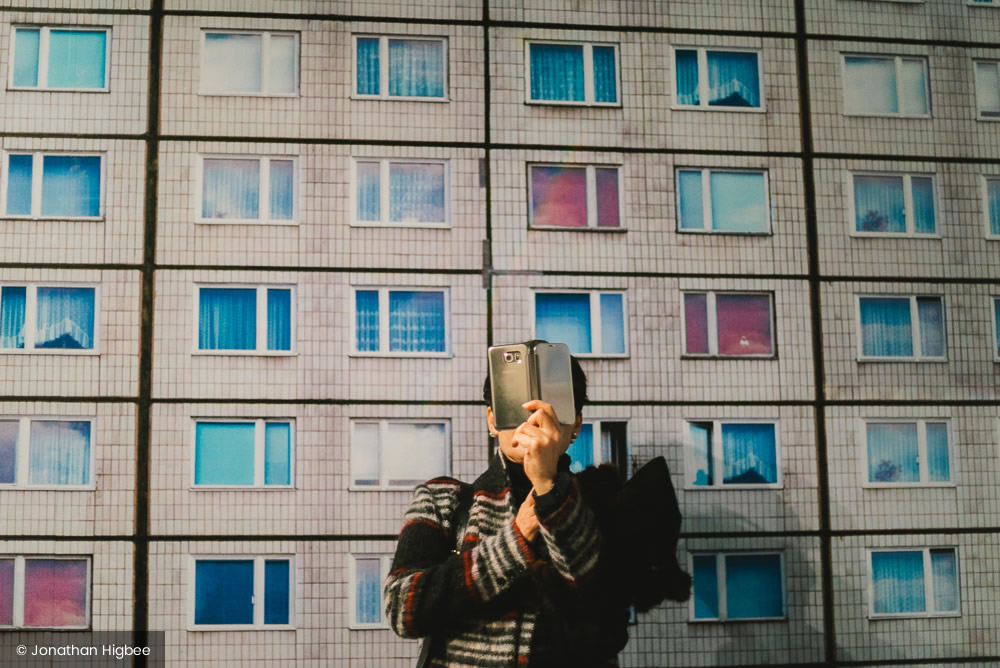
According to Jonathan, what makes a good picture?
A photographer makes a good picture when their shot is one that absolutely no other person with a camera could have made. If literally, any person with an iPhone or whatever could have easily made the same photograph if they were at the same time and place as the photographer, that photo isn’t interesting to me. In other words, like a snapshot. Snapshots are unimaginative by definition and rarely cross the line into an artwork. When I see an image that blows my mind, it’s one that truly reveals the perspective of the human behind the lens. It will transport the viewer away from their reality for a brief moment. A good photograph successfully awards viewers with the incomparable experience of seeing the world through another person’s eyes.
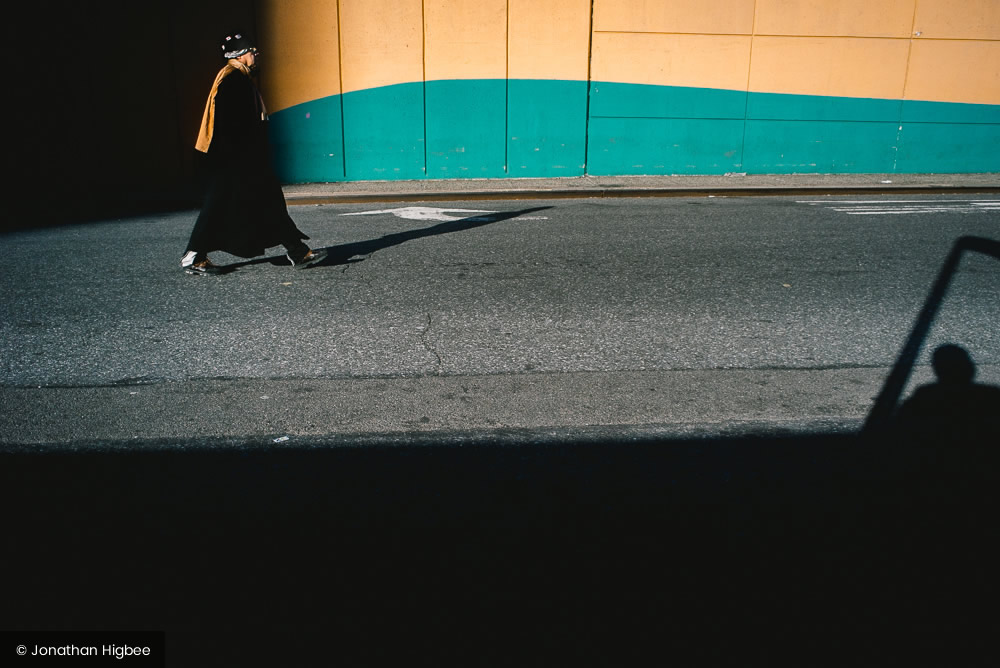
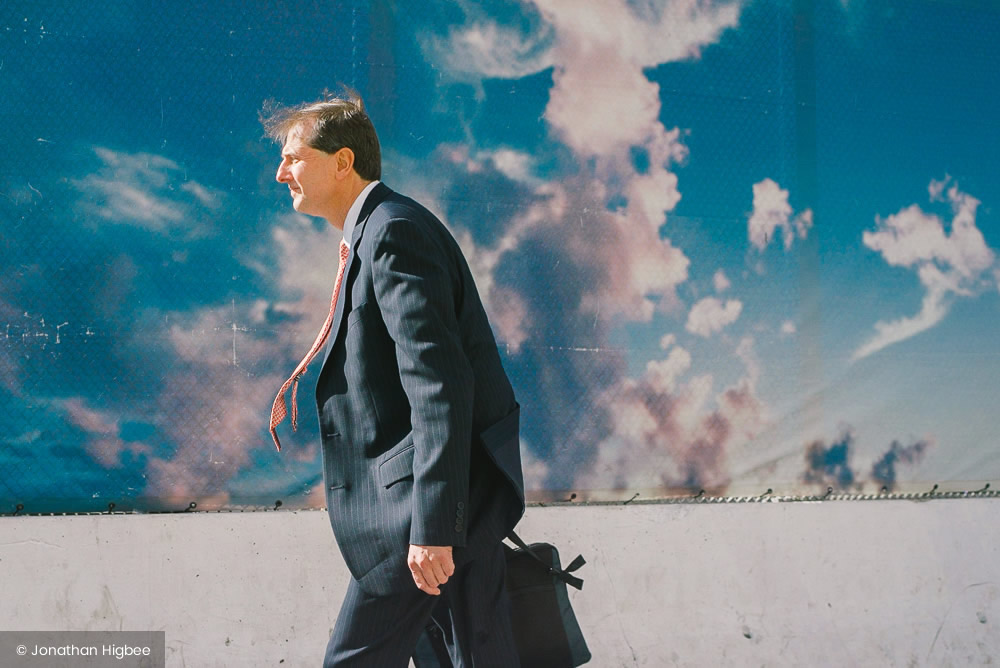
How to get rid of fear on streets?
Getting rid of fear when shooting on the streets is something I struggle with to this day. And it’s not a good thing, as I think it can inhibit one’s work! But you just have to go for it and not let the anxiety control your art. As an exercise to work on the fear, try approaching strangers on the street and asking them for permission for you to take their photograph a few times. It is a great way to re-familiarize yourself with being vulnerable with a camera in hand in public.
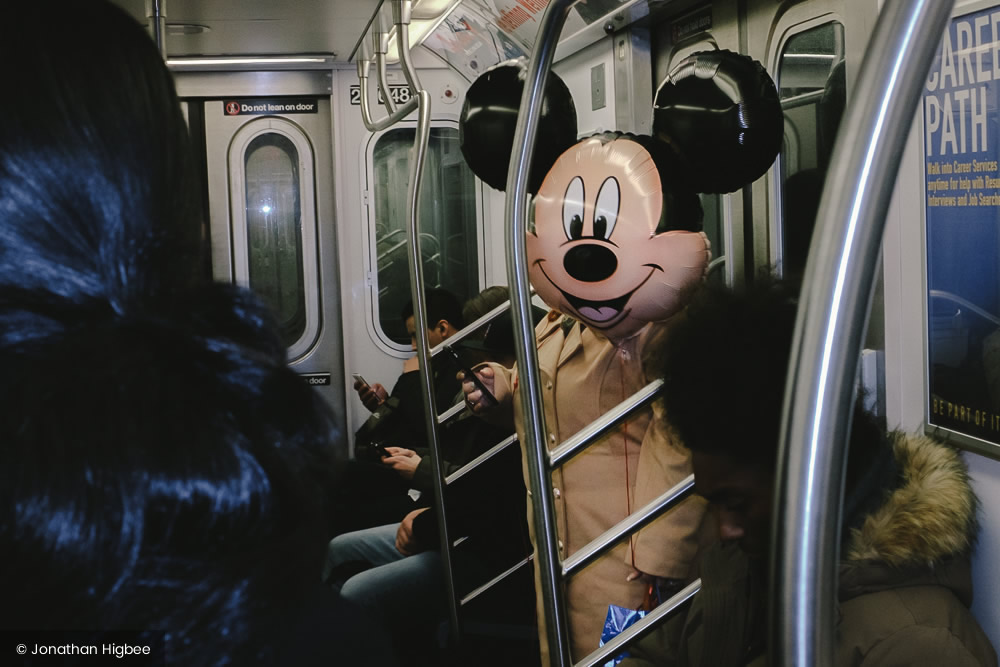
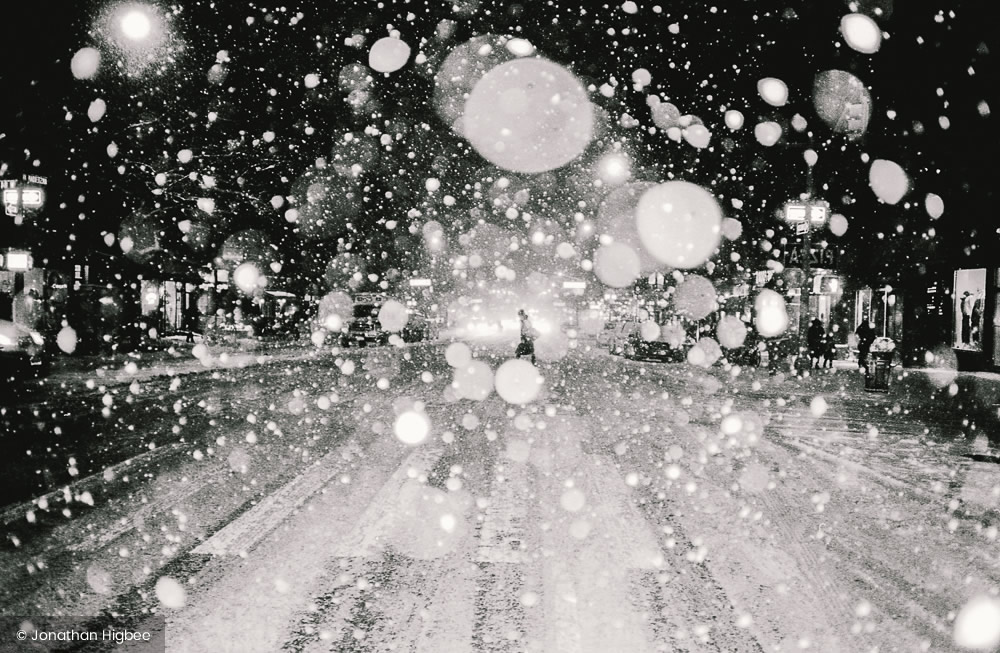
How do you avoid shooting cliche Street photographs?
I don’t consciously try to avoid making cliched photographs. I don’t like to limit myself within any parameters or rules when I’m on the street shooting. I don’t want to not take an image of a scene that inspires me because there’s a voice in the back of my head that says “but someone already shot something like this!” Pretty much everything has been photographed over the nearly two hundred years of photography history! So don’t worry about photographing a pigeon or a broken umbrella or someone on a cigarette break just because they’ve been photographed a million times before by a billion different people; what you should concern yourself with is making sure the photograph of the pigeon or whatever is an image that only you could have made.
Oh! For example, just a few weeks ago I came across a photograph of the Statue of Liberty that captured my attention and absolutely blew my mind. A picture of one of the most photographed landmarks in the world! I’ve seen photos of the Statue all my life, but this shot truly showed me the landmark in a way I had never seen it before. It made it feel like I was seeing the Statue of Liberty for the first time all over again. Sadly, I cannot recall the talented photographer’s name who turned a tired cliché into something transcendental.
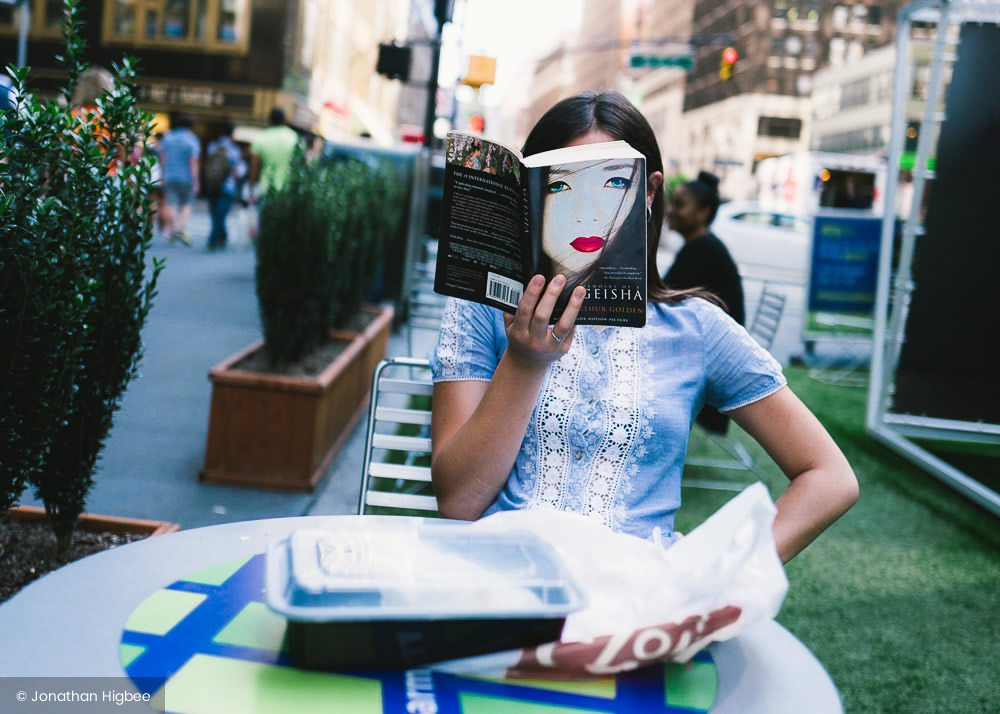
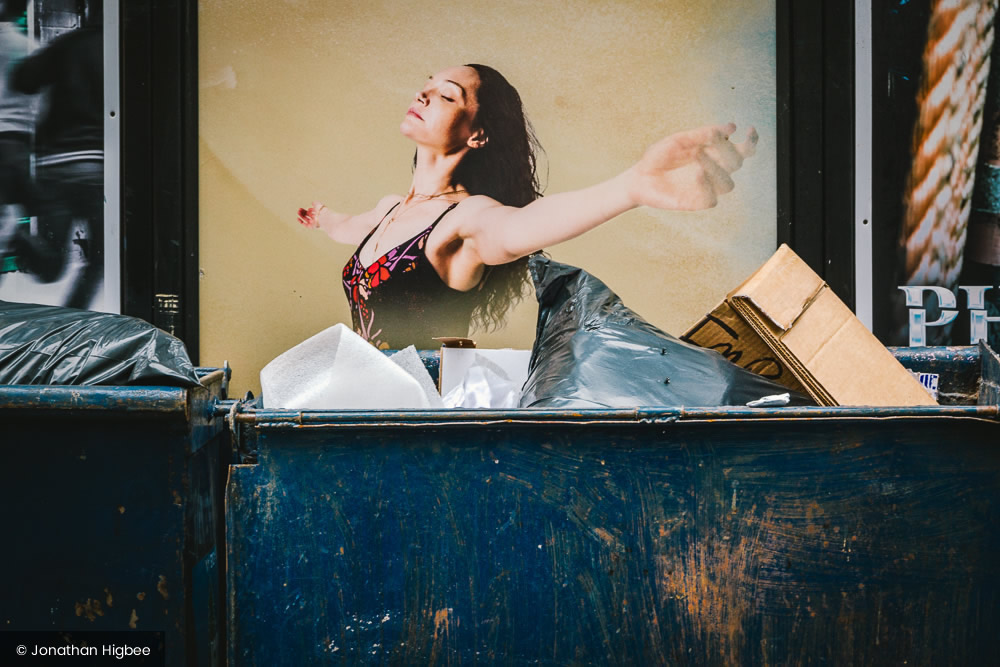
What’s your personal motto?
Lately, I’ve been deriving a lot of meaning from “All colors agree in the dark.” It’s a quote from Francis Bacon (the 16th-century philosopher, not the 20th-century painter). I interpret the quote as an appeal to always ask questions of the world and reality, to seek knowledge and beauty, and to try to be aware of those things in which you might be ignorant.
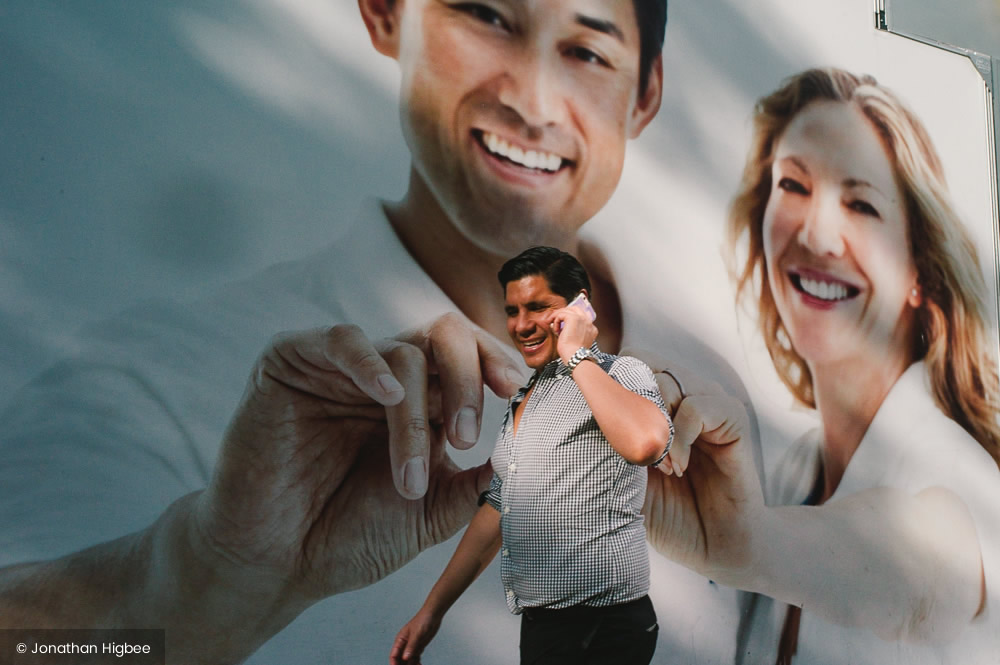
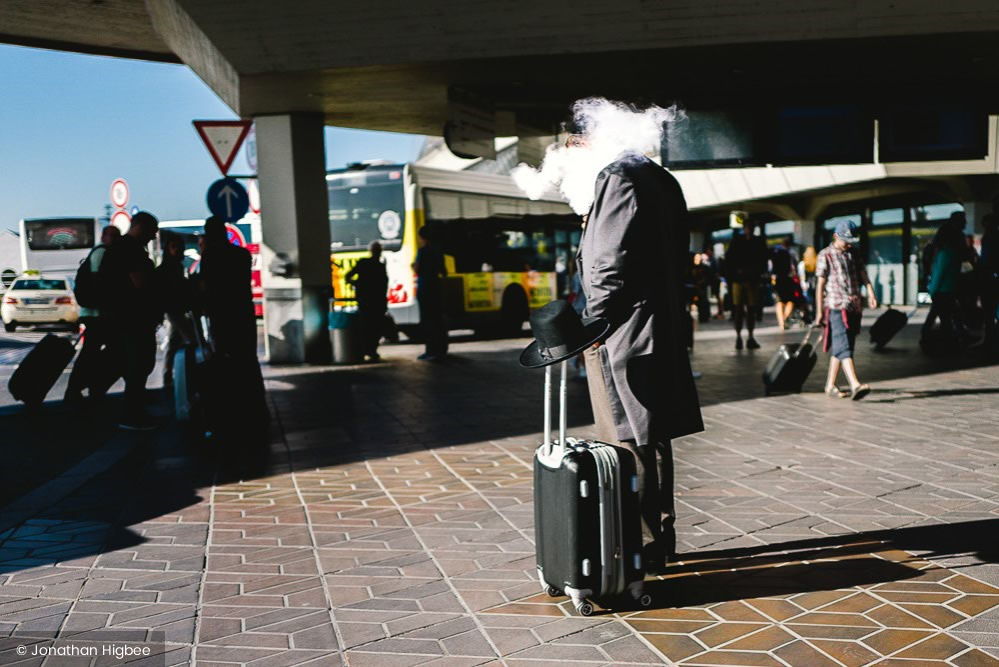
Who is your real life heroes?
I’m inspired by such a diverse selection of people (and even some animals, haha!) that it’s difficult to even nail down a few folks I consider heroes. Modern philosopher Sam Harris is a constant source of insight for me, and is the first who immediately comes to mind. The comfort and safety I enjoy in life today would not be possible without the courageous determination and public service of Harvey Milk. And RuPaul for breaking down so many barriers and constantly reminding the world that love is what matters most.
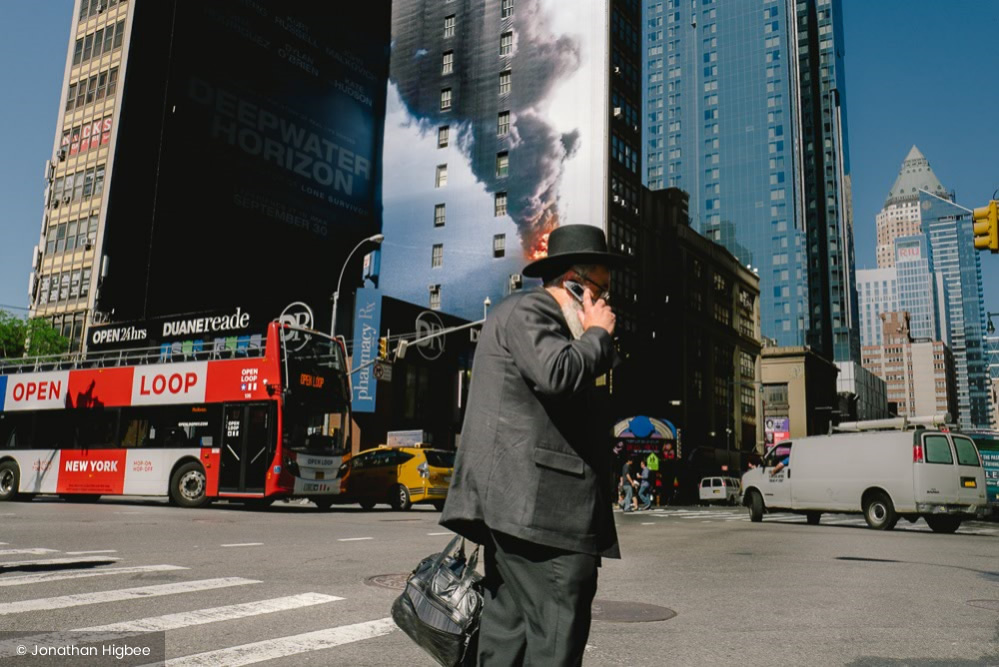

Your favorite photographers?
My bookshelves (yes, bookshelves plural, haha!) are packed with hundreds of brilliant monographs, anthologies, and compilations. So, in the interest of keeping it short and sweet, I’ll divide my favorites into categories based on time.
My favorite “classic” photographers are Henri Cartier-Bresson, Elliot Erwitt, Paul Strand, Ray K Metzker, Minor White, Saul Leiter and William Eggleston (though he’s obviously still shooting!).
The contemporary photographers I can’t get enough of are Matt Stuart, Jesse Marlow, Siegfried Hansen, Peter Funch, Trent Parke, Stuart Paton, Pau Buscato, Tavepong Pratoomwong, Gregory Crewdson, the late Lars Tunbjörk and my fellow members of the NYC Street Photography Collective.

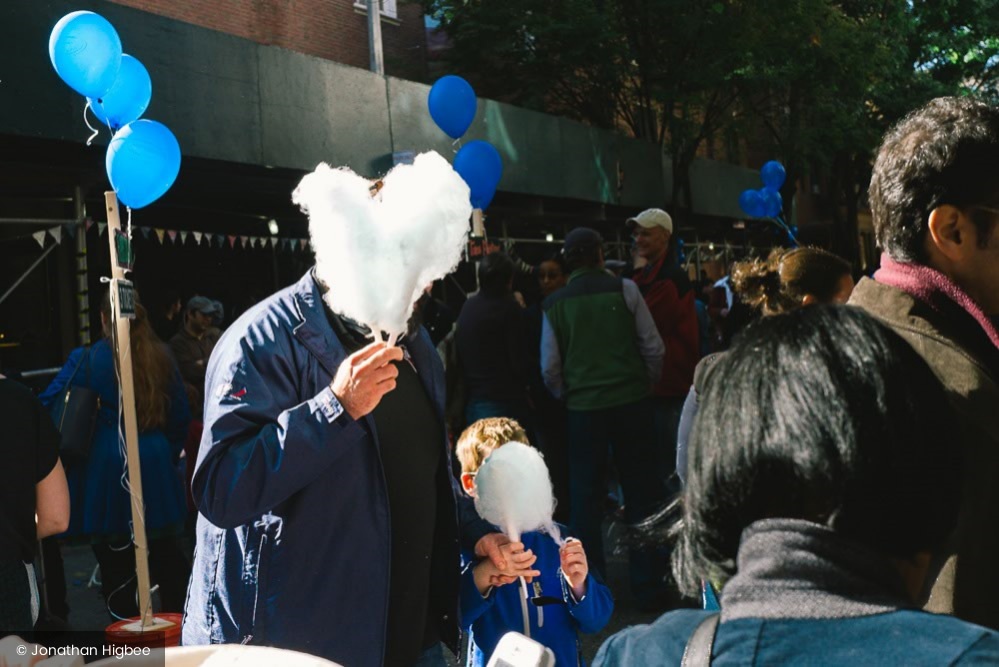
Your favorite photography books?
I really suggest “The World Atlas of Street Photography” published by Yale a few years ago. It’s the perfect primer on modern street photography! Other books that I consider brilliant are Jesse Marlow’s “Don’t Just Tell Them Show Them,” Matt Stuart’s “All That Life Can Afford,” Siegfried Hansen’s “Hold The Line” and Lars Tunbjörk’s “Office.” These are all modern masterpieces.
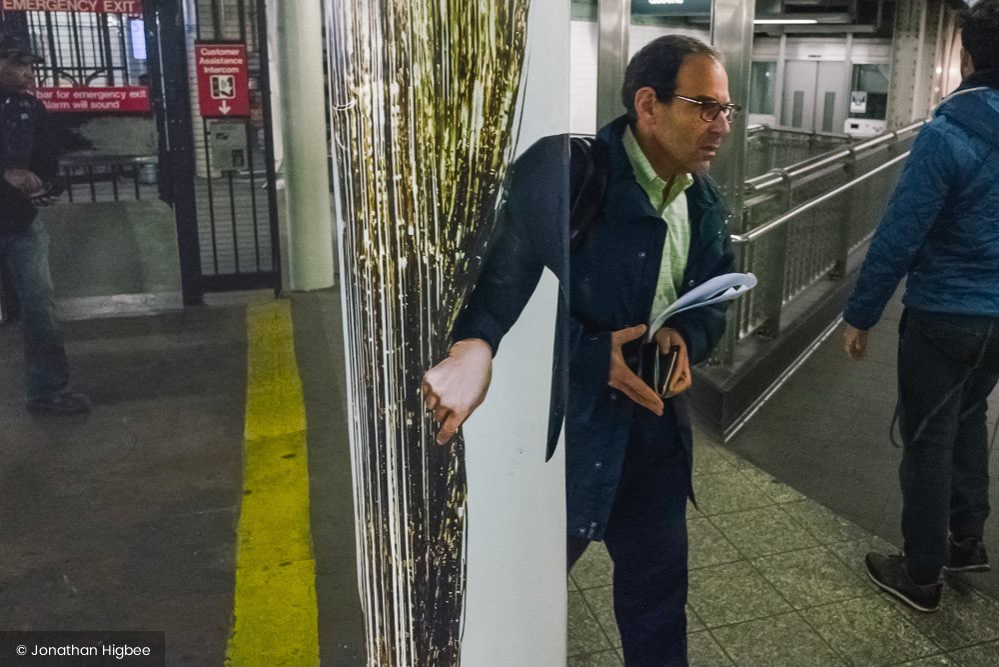
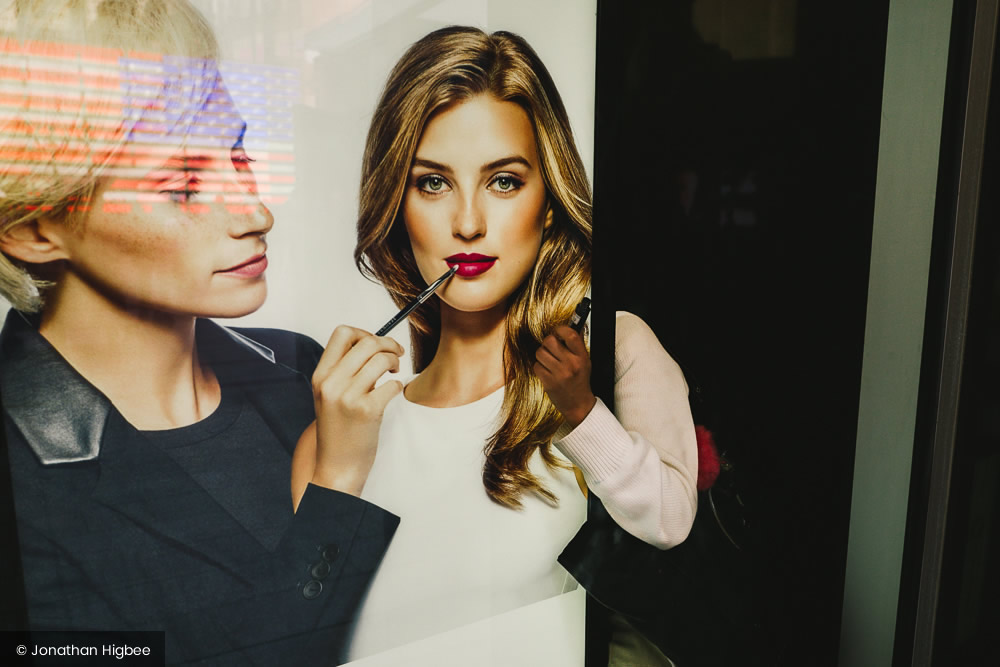
Your advice for our readers and aspiring talents?
I suggest to artists just starting out to always make work for themselves, first and foremost. Produce the work that matters to you, that expresses your inner world without concern what any other human will think. It’s so easy to lose track of this as time goes by, but it’s so important that you don’t slip up and start making photographs just for the likes and upvotes on social media. Also, pay close attention over the years to those traits in your work that stick out from other folks’. Focus on these distinctions, hone your vision, really lean into it and eventually your artistic voice will be heard. It’s all about finding your unique voice! That’s what makes art of any kind so interesting: the artist’s personal voice allow us all to experience the world in entirely new ways, from a refreshing perspective. The brief escape from reality that viewers can find in the work of a confident artist is such a gift. Finally, break the rules. As often as you can. Of course, you need to know what the “rules” are and know why they exist in the first place. Then break the hell out of them — but do so with intention and thought and creativity. I guess all of my points of advice basically add up to “be a rebel”!
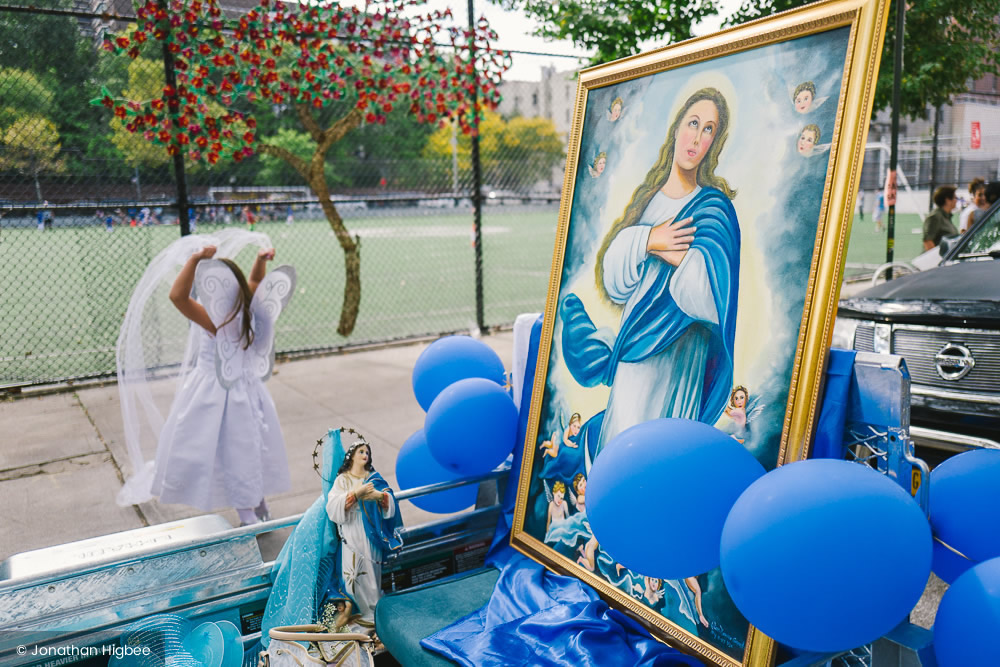
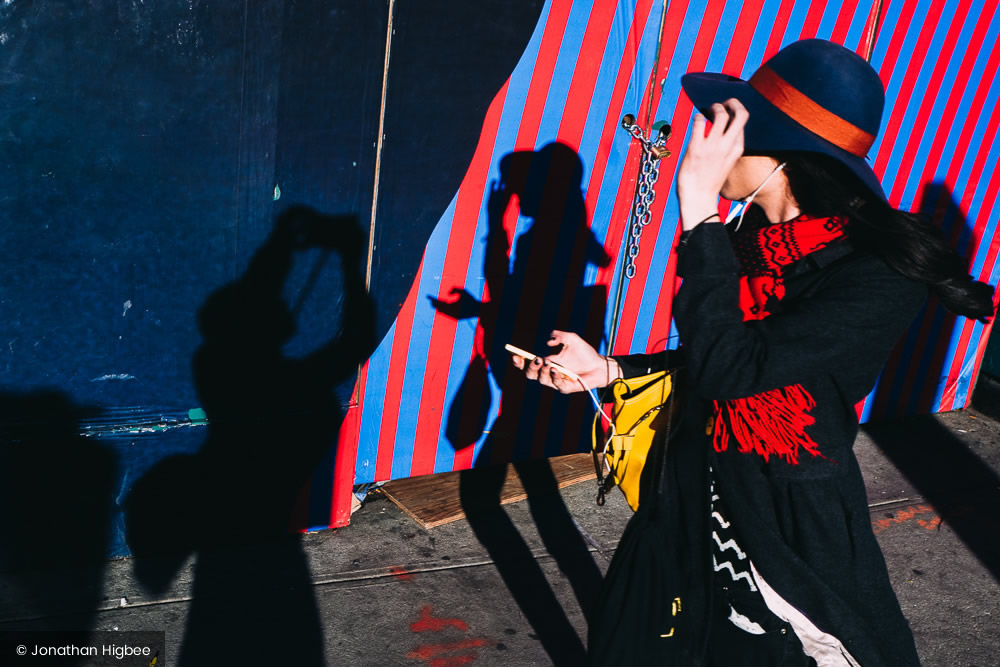
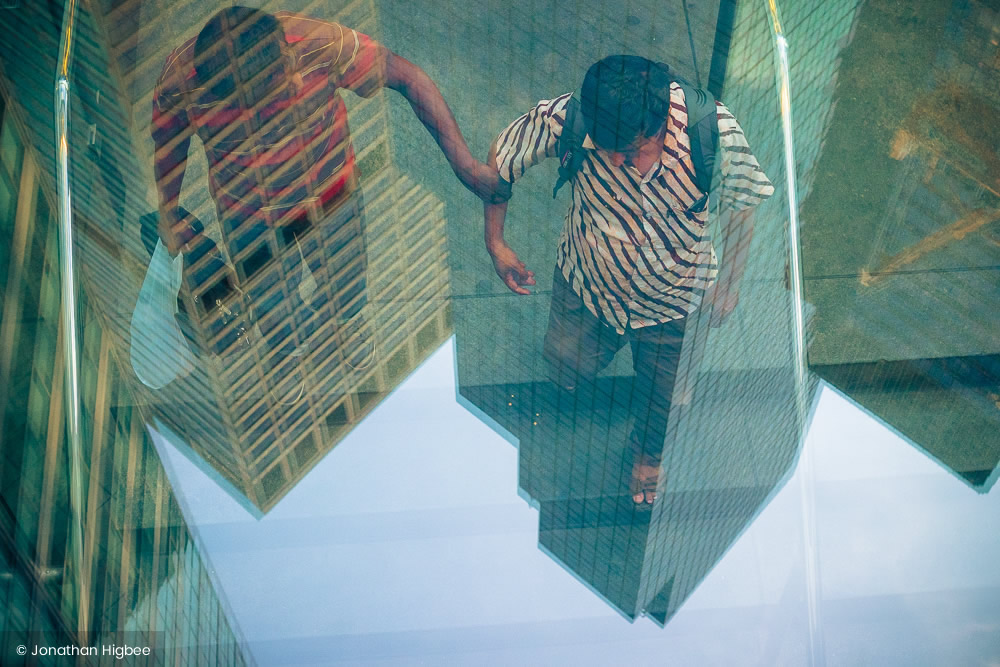
You can find Jonathan Higbee on the Web:
Copyrights:
All the pictures in this post are copyrighted Jonathan Higbee. Their reproduction, even in part, is forbidden without the explicit approval of the rightful owners.

